
Bayahibe: The Caribbean Gem of Tranquil Beaches and Adventure
Discover Bayahibe, Dominican Republic: A Caribbean treasure of pristine beaches, vibrant marine life, and rich cultural heritage, perfect for relaxation and adventure.
Nestled on the southeastern coast of the Dominican Republic, Bayahibe is a charming fishing village that has blossomed into a beloved tourist destination. Its pristine beaches, crystal-clear waters, and lush landscapes offer a perfect blend of relaxation and adventure. Here, you can bask in the sun on the soft sands of Dominicus Beach or explore the vibrant marine life through snorkeling and scuba diving in the protected waters of the Parque Nacional del Este. Bayahibe is also the gateway to the stunning Saona Island. A short boat ride takes you to this tropical paradise, where you can experience untouched nature, palm-fringed beaches, and azure waters. The island is part of a protected natural reserve, ensuring its beauty remains unspoiled. Visitors often enjoy day trips featuring barbecue lunches, refreshing swims, and opportunities to spot native wildlife. Beyond its natural allure, Bayahibe boasts a rich cultural heritage. Wander through the village to discover colorful local markets, charming cafes, and vibrant street art. The friendly locals are always eager to share their customs and traditions, providing an authentic Caribbean experience. Whether you're seeking relaxation, adventure, or cultural immersion, Bayahibe offers a little something for everyone.
Local tips in Bayahibe
- Visit early in the morning to avoid crowds at popular beaches and attractions.
- Bring cash, as some local shops and restaurants do not accept credit cards.
- Consider renting a car for easier access to surrounding attractions and hidden gems.
- Pack reef-safe sunscreen to protect the marine ecosystem while enjoying water activities.
- Try local dishes like fresh seafood and 'mangu' for an authentic culinary experience.
Bayahibe: The Caribbean Gem of Tranquil Beaches and Adventure
Nestled on the southeastern coast of the Dominican Republic, Bayahibe is a charming fishing village that has blossomed into a beloved tourist destination. Its pristine beaches, crystal-clear waters, and lush landscapes offer a perfect blend of relaxation and adventure. Here, you can bask in the sun on the soft sands of Dominicus Beach or explore the vibrant marine life through snorkeling and scuba diving in the protected waters of the Parque Nacional del Este. Bayahibe is also the gateway to the stunning Saona Island. A short boat ride takes you to this tropical paradise, where you can experience untouched nature, palm-fringed beaches, and azure waters. The island is part of a protected natural reserve, ensuring its beauty remains unspoiled. Visitors often enjoy day trips featuring barbecue lunches, refreshing swims, and opportunities to spot native wildlife. Beyond its natural allure, Bayahibe boasts a rich cultural heritage. Wander through the village to discover colorful local markets, charming cafes, and vibrant street art. The friendly locals are always eager to share their customs and traditions, providing an authentic Caribbean experience. Whether you're seeking relaxation, adventure, or cultural immersion, Bayahibe offers a little something for everyone.
When is the best time to go to Bayahibe?
Iconic landmarks you can’t miss
Catalonia Bayahibe
Discover the serene beauty of Catalonia Bayahibe, a tropical paradise offering luxurious amenities, stunning beaches, and unforgettable experiences in the Dominican Republic.

Iberostar Selection Hacienda Dominicus
Experience luxury and adventure at Iberostar Selection Hacienda Dominicus, a premier all-inclusive hotel in the stunning Bayahibe area of the Dominican Republic.

Dreams Dominicus La Romana
Experience the ultimate escape at Dreams Dominicus La Romana, where luxury meets paradise in the heart of the Dominican Republic.

Altos de Chavón
Explore Altos de Chavón, a stunning 16th-century replica village filled with art, culture, and breathtaking views in the Dominican Republic.
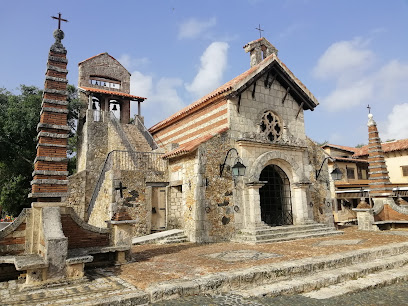
Parque Nacional del Este
Discover the pristine beauty and vibrant ecosystems of Parque Nacional del Este, a treasure in the Dominican Republic's breathtaking landscapes and biodiversity.
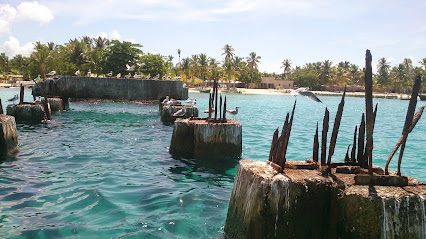
Cotubanamá National Park
Explore the breathtaking beauty and rich biodiversity of Cotubanamà National Park, a must-visit destination in the Dominican Republic.
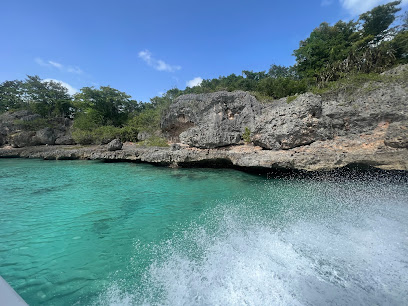
whala! Bayahibe
Experience the beauty of the Dominican Republic at Whala! Bayahibe, where luxury meets nature in a tropical paradise.

Cadaques Caribe Resort & Villas
Experience the ultimate Caribbean escape at Cadaques Caribe Resort & Villas, where luxury meets relaxation in a stunning seaside paradise.

Playa BarcoBar
Discover Playa BarcoBar: A Caribbean dining experience in Bayahíbe, blending local flavors with stunning ocean views.
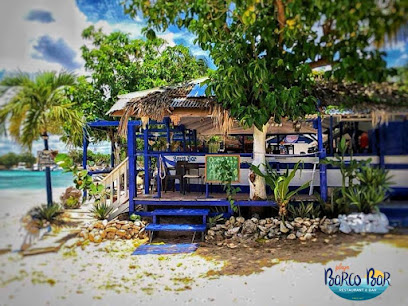
Playa Pública Dominicus
Explore the tranquil beauty of Playa Pública Dominicus, a stunning beach oasis in the Dominican Republic perfect for relaxation and adventure.
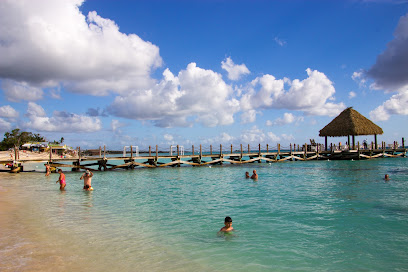
Bayahibe Beach
Discover the breathtaking beauty of Bayahibe Beach, a tropical paradise in the Dominican Republic, perfect for relaxation, adventure, and unforgettable memories.
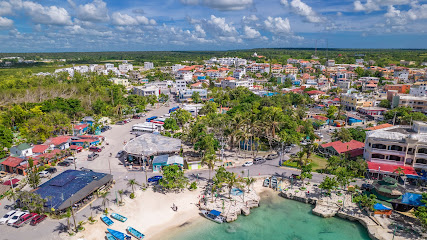
Isla Saona Bayahibe La Romana - Saona Island Tours
Experience the breathtaking beauty of Isla Saona, a tropical paradise with pristine beaches, vibrant marine life, and rich cultural experiences waiting for tourists.
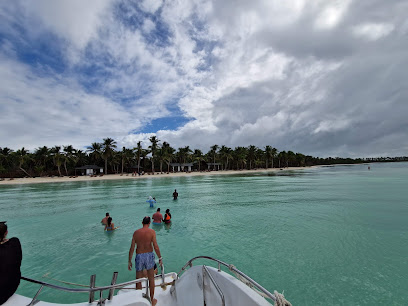
Saona Café
Experience the authentic flavors of the Dominican Republic at Saona Café in Bayahibe, where delicious cuisine meets a warm, inviting atmosphere.

Tracadero Restaurant
Experience the exquisite flavors and breathtaking ocean views at Tracadero Restaurant in Dominicus, a top dining destination for tourists.
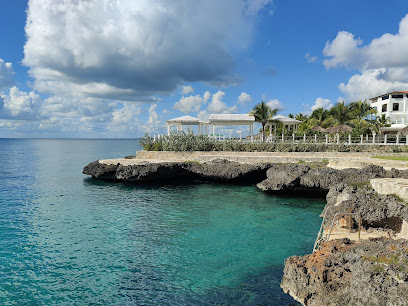
Kukka Beach Restaurant
Experience the vibrant flavors and breathtaking views at Kukka Beach Restaurant in Bayahibe, a true gem on the Caribbean coast.

Unmissable attractions to see
Casa de Campo Resort and Villas
Discover the ultimate luxury getaway at Casa de Campo Resort and Villas, where stunning beaches, world-class amenities, and vibrant culture await your exploration.
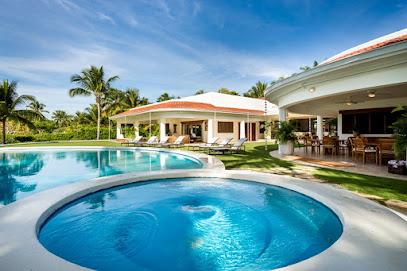
Basilica Nuestra Señora De La Altagracia
Discover the breathtaking Basilica Nuestra Señora De La Altagracia, a spiritual and architectural gem in Higüey, Dominican Republic.
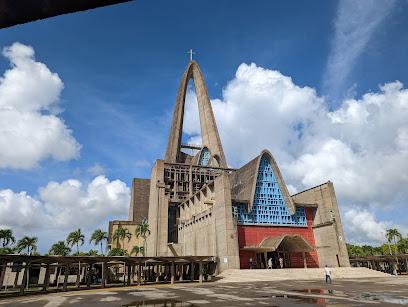
Altos de Chavón
Explore the 16th-century charm of Altos de Chavón, a cultural gem in La Romana, featuring stunning architecture, art, and breathtaking views.
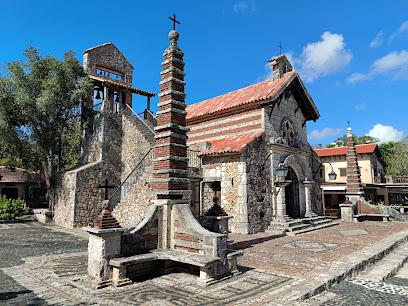
Parque Nacional del Este
Discover the breathtaking beauty and rich biodiversity of Parque Nacional del Este, a national park and tourist attraction in the Dominican Republic.

Scape Park
Discover the thrills of Scape Park in Punta Cana, where adventure meets breathtaking natural beauty in the heart of the Dominican Republic.
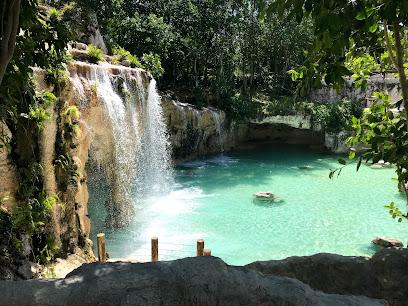
Saona Island
Explore the untouched beauty of Saona Island in the Dominican Republic, where pristine beaches and vibrant marine life await your discovery.
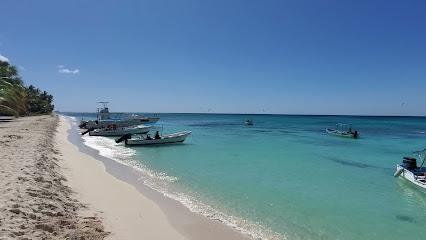
Cave of Wonders
Discover the breathtaking natural beauty of the Cave of Wonders, a stunning underground marvel in the Dominican Republic, perfect for all adventurers.
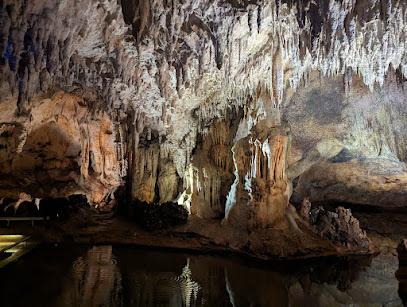
Juanillo Beach
Discover the stunning Juanillo Beach in Punta Cana, a tropical paradise featuring white sands, crystal-clear waters, and endless activities for every traveler.
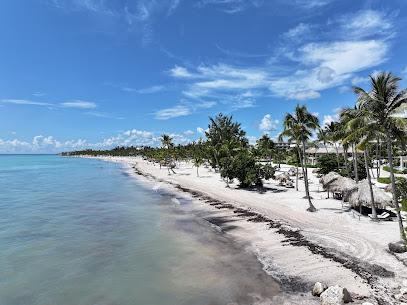
Estadio Francisco A. Micheli
Discover the vibrant spirit of Dominican baseball at Estadio Francisco A. Micheli, the heart of La Romana's sports culture.
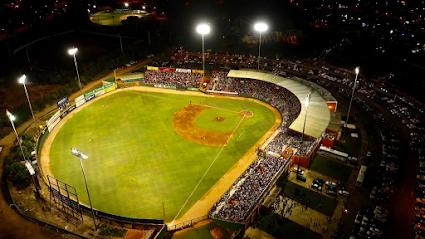
Rancho cocory
Discover the beauty and adventure of Rancho Cocory in Higüey, where nature, horseback riding, and local culture come together for an unforgettable experience.
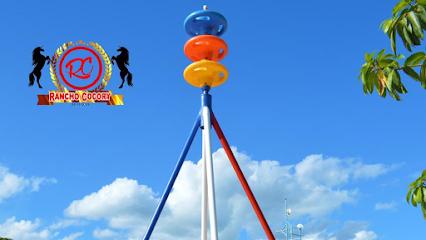
Bayahibe Beach
Discover the idyllic Bayahibe Beach in the Dominican Republic, where soft sands meet shimmering waters for the ultimate tropical getaway.
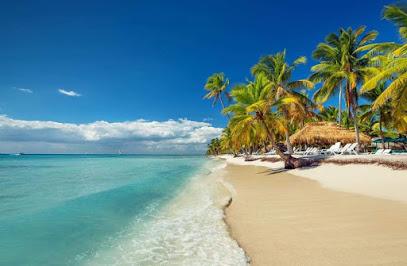
Altos de Chavón Amphitheatre
Discover the stunning Altos de Chavón Amphitheatre in La Romana, a cultural gem offering breathtaking views and world-class performances in a picturesque setting.
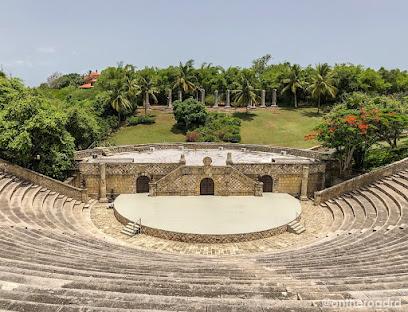
Isla Catalina
Experience the untouched beauty of Isla Catalina, an idyllic island paradise in the Dominican Republic, perfect for adventure and relaxation.
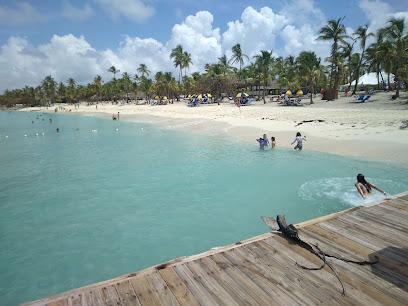
Punta Cana Adventures
Discover the ultimate adventure experience in Punta Cana, where thrilling excursions and breathtaking landscapes await every traveler.
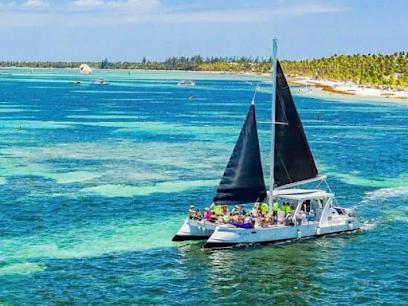
Runners Adventures
Experience thrilling adventures and stunning landscapes with Runners Adventures in Distrito Verón, a must-visit for every traveler in the Dominican Republic.
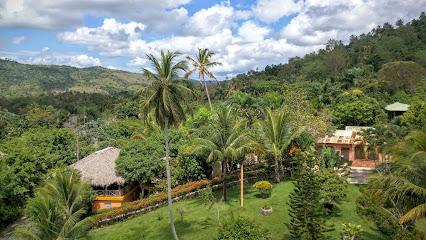
Essential places to dine
Playa BarcoBar
Experience exquisite Caribbean cuisine with stunning ocean views at Playa BarcoBar in Bayahíbe.
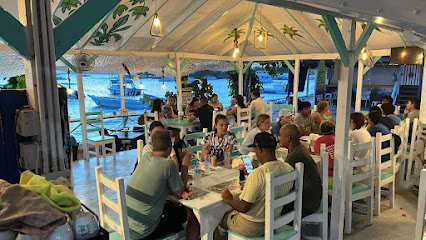
Saona Café
Discover authentic Dominican flavors at Saona Café in Bayahíbe – where every meal is a celebration of local cuisine and Caribbean hospitality.
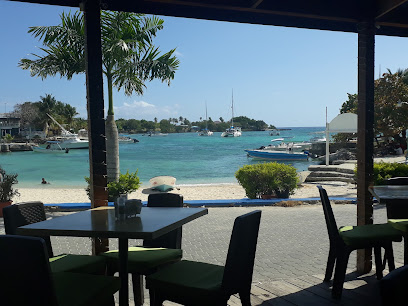
D' Manuel la Cueva - Restaurante
Discover delicious Dominican cuisine at D' Manuel la Cueva, where every dish tells a story and every meal is an experience.
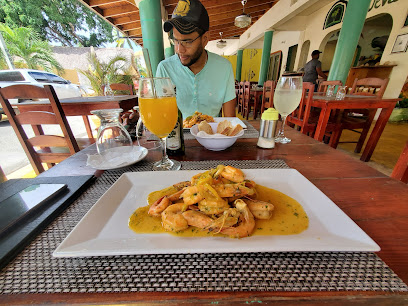
Tracadero Restaurant
Discover culinary excellence at Tracadero Restaurant in Dominicus - where exquisite flavors meet breathtaking views.
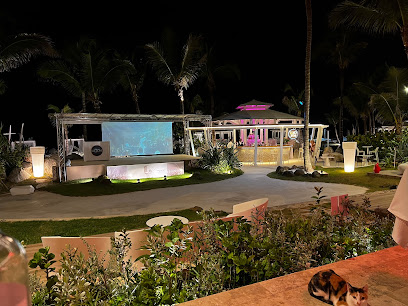
Onno's Bayahibe
Discover delicious grilled Caribbean cuisine at Onno's Bayahibe, where vibrant flavors meet stunning coastal views.
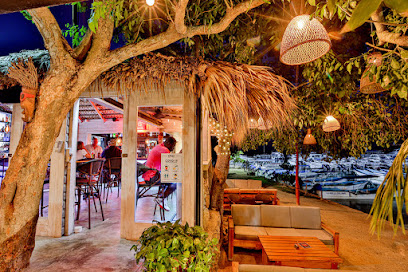
Kukka Beach Restaurant
Discover delectable cuisine with stunning ocean views at Kukka Beach Restaurant in Dominicus - where every meal is a seaside celebration.
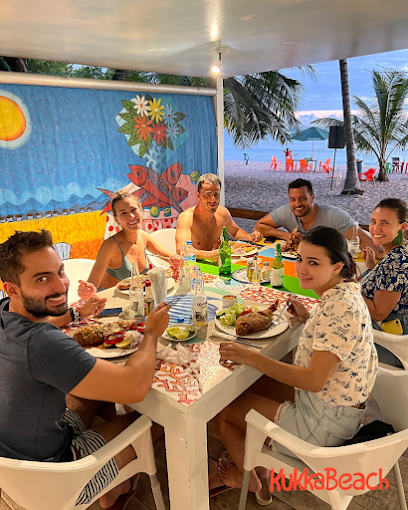
IL Boccale Taberna
Experience the best of Dominican cuisine at IL Boccale Taberna - where every meal is a celebration of flavor.
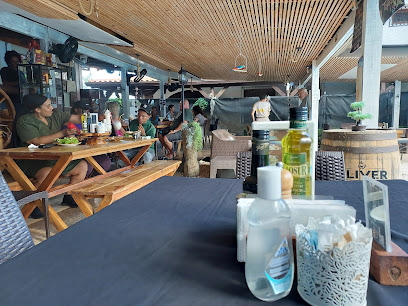
Mare Nuestro
Discover Mare Nuestro in Bayahibe - where fresh seafood meets stunning Caribbean views in a relaxed dining atmosphere.
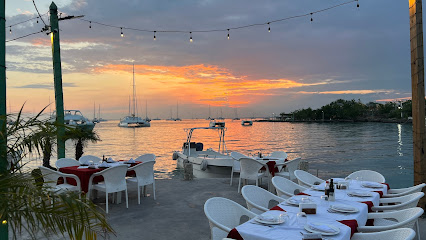
FRONTONI PIZZA
Discover the best pizza in Bayahibe at Frontoni Pizza – where authentic flavors meet warm hospitality.
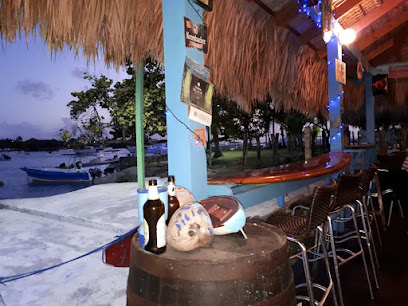
Bella'mbriana bayahibe- Pizzeria Italiana
Experience authentic Italian flavors at Bella'mbriana Bayahibe - where every meal feels like a vacation.
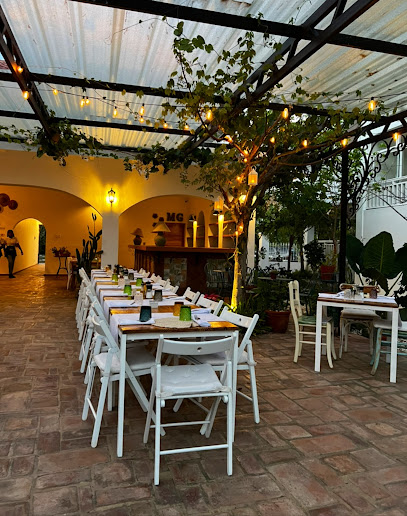
Mama Mia
Experience authentic Italian cuisine at Mama Mia in Bayahíbe, where every dish is crafted with passion and fresh local ingredients.
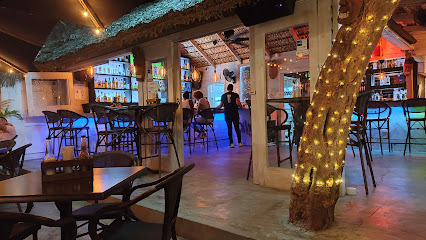
Perlita Morena
Discover authentic Dominican cuisine at Perlita Morena in Bayahíbe – where fresh ingredients meet vibrant flavors.
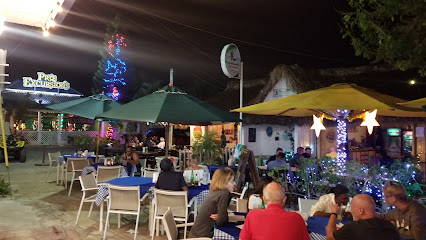
El Dorado Restaurant
Experience exquisite Dominican cuisine with breathtaking views at El Dorado Restaurant in Bayahibe.

L' Ombelico Del Mundo
Discover authentic Dominican cuisine at L' Ombelico Del Mundo in Dominicus – where flavors meet vibrant ambiance.
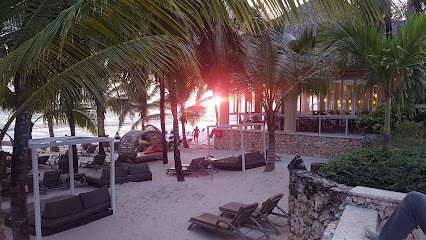
Mamarosa
Experience authentic Dominican cuisine at Mamarosa in Bayahíbe - where every dish tells a story.
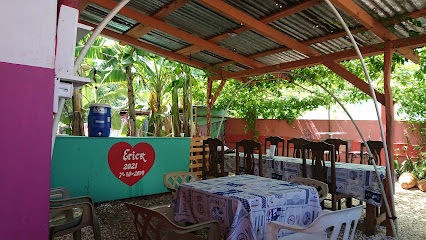
Markets, malls and hidden boutiques
Dear Isabella Larimar Jewelry
Discover the beauty of larimar jewelry at Dear Isabella in Dominicus, where local craftsmanship meets stunning Caribbean elegance.

Plaza Tropical Bayahibe
Discover the vibrant shopping experience at Plaza Tropical Bayahibe, where local culture meets culinary delights and unique souvenirs await.
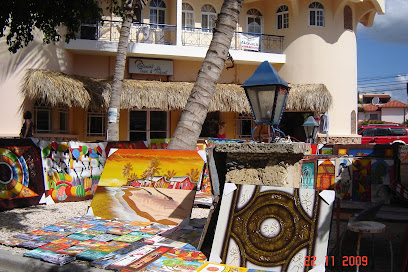
Магазин Рай - Gift Shop Sky
Explore Магазин Рай - Gift Shop Sky for unique souvenirs, handcrafted gifts, and premium Dominican cigars in the heart of Dominicus.
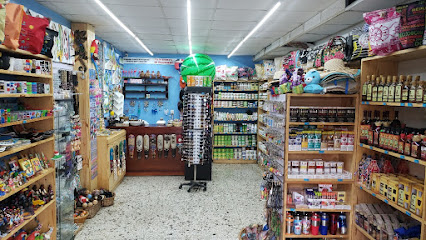
Billy Mini Market
Discover the heart of Bayahíbe at Billy Mini Market, your go-to spot for local snacks, essentials, and a taste of Dominican culture.

Dominicus Village
Experience the vibrant shopping and dining scene at Dominicus Village, a Caribbean gem offering local culture and beautiful coastal views.
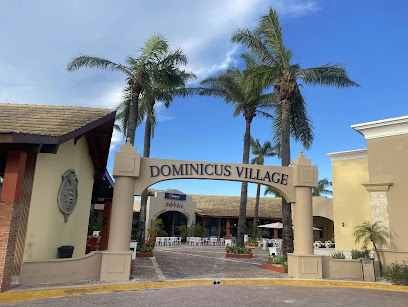
Petite Boutique Souvenir
Discover a treasure trove of unique souvenirs and stylish apparel at Petite Boutique Souvenir in Dominicus.

Bazar Gift Shop
Explore the vibrant Bazar Gift Shop in Dominicus for unique souvenirs and local crafts that embody the spirit of the Dominican Republic.
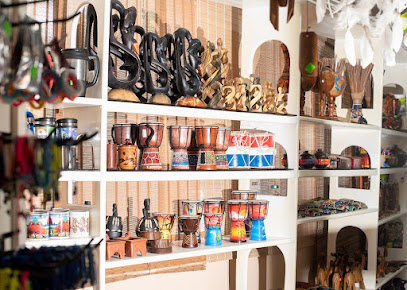
Galería Moreau bayahibe
Explore Galería Moreau in Bayahibe for unique art and handcrafted gifts that embody the vibrant spirit of the Dominican Republic.
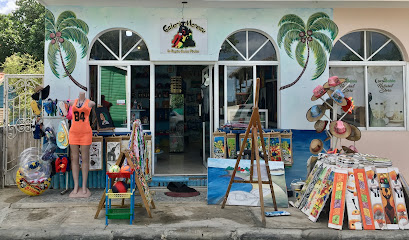
Glenadria Gift Shop and Cigar
Explore Glenadria Gift Shop and Cigar in Dominicus for authentic Dominican crafts and premium cigars that embody the island's rich culture.
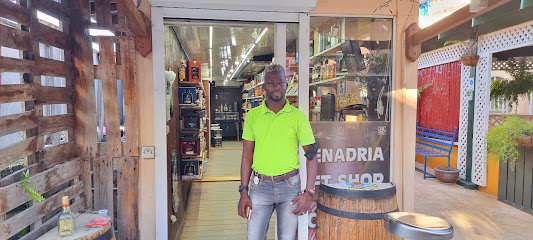
Minimarket suplidora choco drums
Explore the vibrant Minimarket Suplidora Choco Drums in Bayahíbe for local products, snacks, and essential items to enhance your travel experience.

Amber designer - Blue Larimare shop + design
Explore the exquisite world of larimar jewelry at Amber Designer - Blue Larimare in Dominicus, a must-visit for shoppers seeking authentic Dominican craftsmanship.
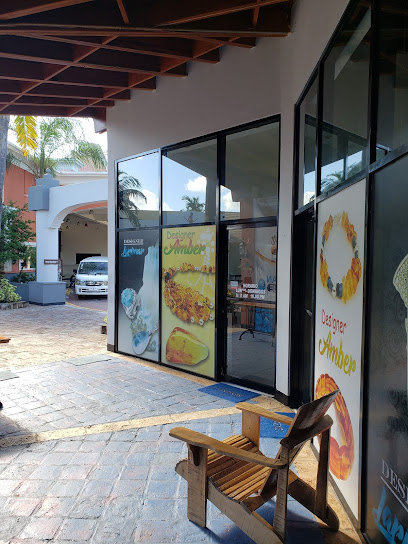
Palma Dominicus Gift Shop
Shop for unique local crafts and souvenirs at Palma Dominicus Gift Shop, where the spirit of the Dominican Republic comes alive.
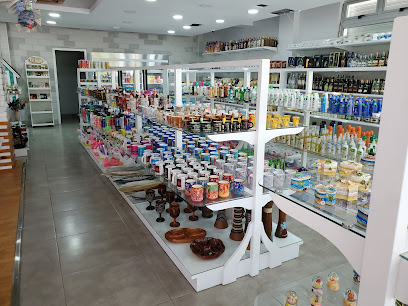
Gift Shop El Mundo
Explore the vibrant Gift Shop El Mundo in Dominicus, where local artistry meets unique souvenirs and unforgettable experiences.
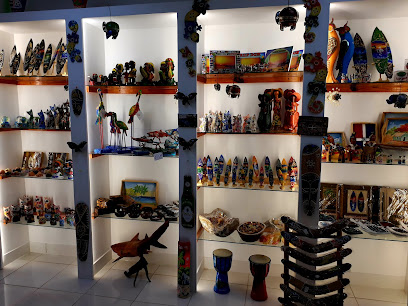
Channel Gift Shop
Explore Channel Gift Shop in Dominicus for vibrant clothing and unique souvenirs that capture the spirit of the Caribbean.
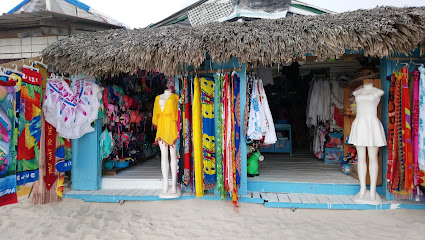
Senjuya
Explore the vibrant artistry of Senjuya in Bayahíbe, where unique handcrafted treasures await every tourist.
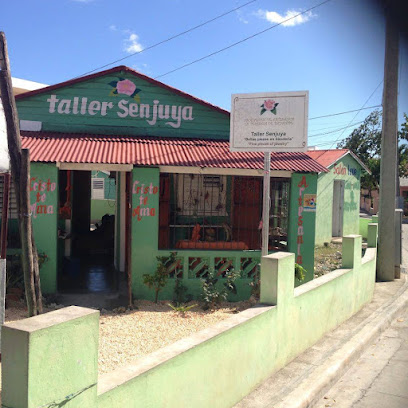
Essential bars & hidden hideouts
Playa BarcoBar
Experience the rich flavors of Dominican cuisine at Playa BarcoBar, a culinary gem in Bayahíbe offering breathtaking ocean views.
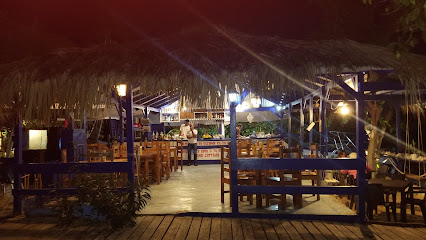
Kviar Show Disco & Casino Bayahibe
Discover the electrifying nightlife at Kviar Show Disco & Casino in Bayahibe, where thrilling games and vibrant entertainment unite for an unforgettable experience.
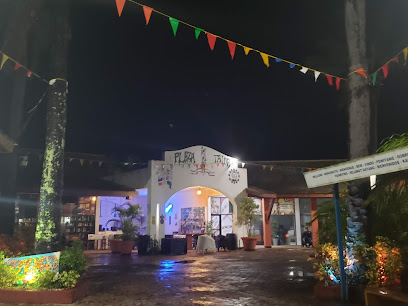
Faro de Bayahibe
Experience the vibrant atmosphere and stunning views at Faro de Bayahibe, the perfect bar for relaxation and enjoyment in the Dominican Republic.
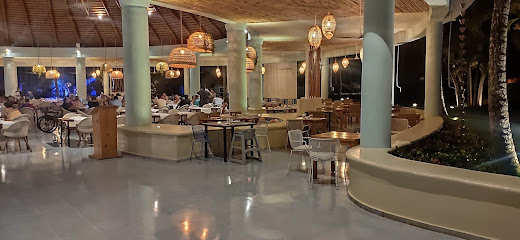
Onno's Bayahibe
Experience the vibrant flavors of the Dominican Republic at Onno's Bayahibe, where grilling meets stunning coastal views.
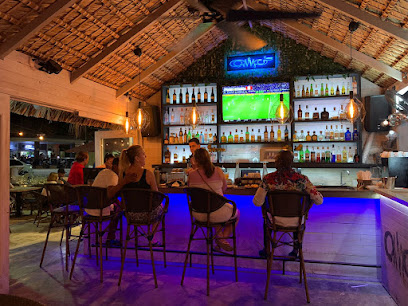
La Terracita
Discover La Terracita, a vibrant bar in Dominicus offering refreshing drinks and a lively atmosphere perfect for relaxation and socializing.
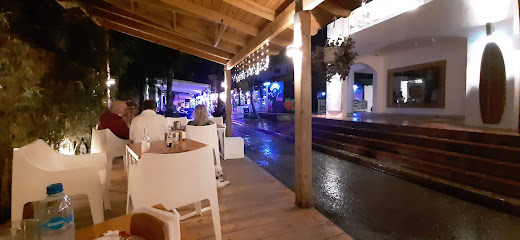
Bar La Plaza
Experience the vibrant flavors of the Dominican Republic at Bar La Plaza in Bayahíbe, a delightful bar and restaurant serving local cuisine in a welcoming atmosphere.
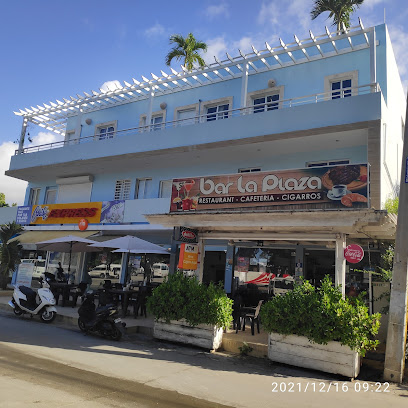
Pool Bar
Experience the ultimate relaxation at the Pool Bar in Dominicus, where refreshing drinks and a stunning atmosphere await every tourist.
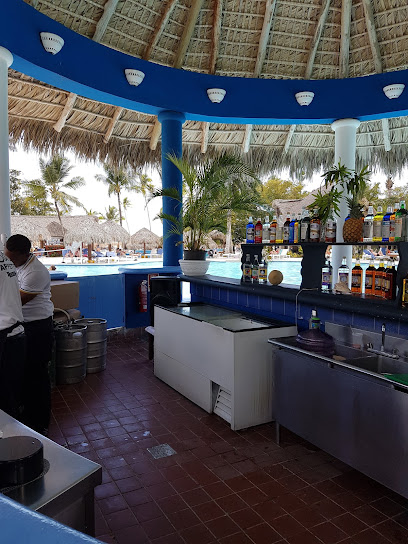
Langosta Bar & Restaurant
Savor the flavors of the Caribbean at Langosta Bar & Restaurant in Bayahibe, a culinary experience that blends local ingredients with breathtaking views.
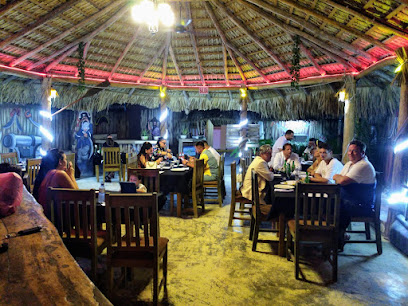
The Lost Bar & Restaurant
Experience vibrant nightlife and delicious local cuisine at The Lost Bar & Restaurant in Bayahíbe - a must-visit for every traveler.
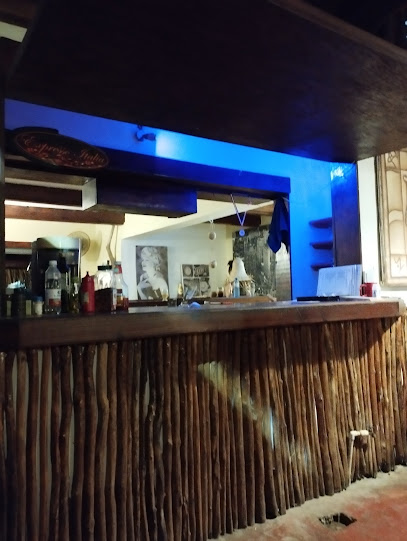
Bayahibe Waikiki
Experience the vibrant nightlife at Bayahibe Waikiki, where cocktails, music, and an inviting atmosphere create unforgettable memories.
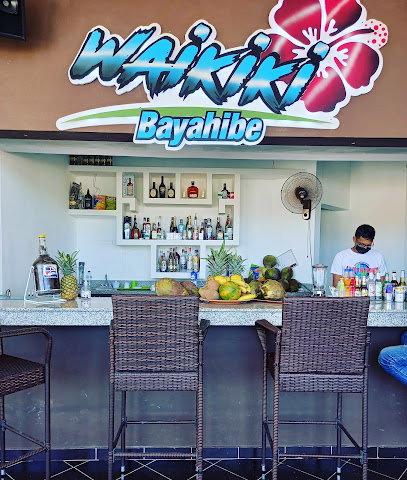
Sport Bar Veraclub
Discover the lively ambiance of Sport Bar Veraclub in Dominicus, where locals and tourists gather to enjoy cocktails, snacks, and the vibrant nightlife.
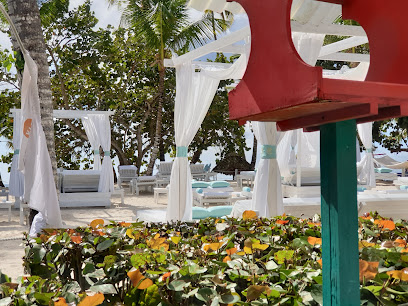
Be Unique Beach Bar
Unwind in paradise at Be Unique Beach Bar, where tropical drinks and stunning ocean views create the ultimate beach experience.
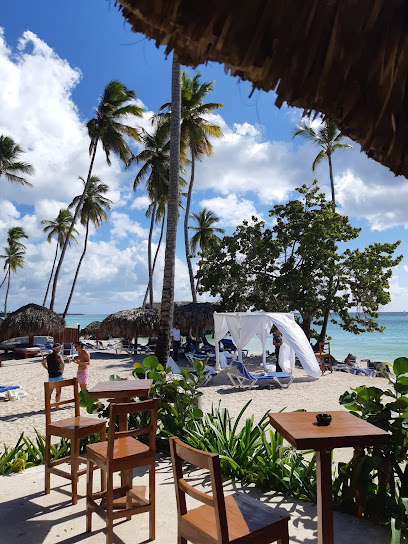
Chin Chin Cafe
Experience the vibrant atmosphere and refreshing drinks at Chin Chin Cafe, the perfect tropical escape in Bayahibe.
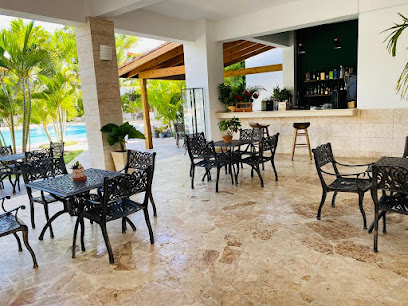
Plaza Bar
Experience the vibrant nightlife at Plaza Bar in Dominicus, where refreshing cocktails meet a lively atmosphere and local culture.

Blue Bar
Experience tropical bliss at Blue Bar in Bayahíbe, where cocktails and stunning views create the perfect getaway.
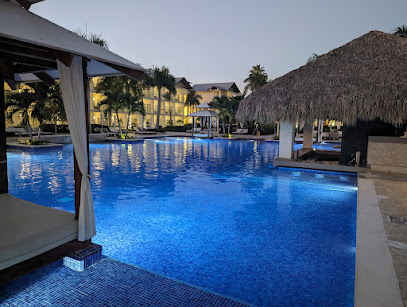
Local Phrases
-
- HelloHola
[oh-lah] - GoodbyeAdiós
[ah-dee-ohs] - YesSí
[see] - NoNo
[noh] - Please/You're welcomePor favor/De nada
[por fah-vor/deh nah-dah] - Thank youGracias
[grah-see-ahs] - Excuse me/SorryPerdón/Lo siento
[pair-dohn/loh see-en-toh] - How are you?¿Cómo estás?
[koh-moh ehs-tahs] - Fine. And you?Bien. ¿Y tú?
[bee-ehn/ee too] - Do you speak English?¿Hablas inglés?
[ah-blahs een-glays] - I don't understandNo entiendo
[noh ehn-tee-ehn-doh]
- HelloHola
-
- I'd like to see the menu, pleaseMe gustaría ver el menú, por favor
[may goos-tah-ree-ah vehr ehl meh-noo/por fah-vor] - I don't eat meatNo como carne
[noh koh-moh kahr-neh] - Cheers!¡Salud!
[sah-lood] - I would like to pay, pleaseMe gustaría pagar, por favor
[may goos-tah-ree-ah pah-gahr/por fah-vor]
- I'd like to see the menu, pleaseMe gustaría ver el menú, por favor
-
- Help!¡Ayuda!
[ah-yoo-dah] - Go away!¡Vete!
[veh-teh] - Call the Police!¡Llama a la Policía!
[yah-mah ah lah poh-lee-see-ah] - Call a doctor!¡Llama a un doctor!
[yah-mah ah oon dohk-tohr] - I'm lostEstoy perdido
[ehs-toy pair-dee-doh] - I'm illEstoy enfermo
[ehs-toy ehn-fehr-moh]
- Help!¡Ayuda!
-
- I'd like to buy...Me gustaría comprar...
[may goos-tah-ree-ah kohm-prar] - I'm just lookingSolo estoy mirando
[soh-loh ehs-toy mee-rahn-doh] - How much is it?¿Cuánto cuesta?
[kwan-toh kwehs-tah] - That's too expensiveEso es demasiado caro
[eh-soh ehs deh-mah-see-ah-doh kah-roh] - Can you lower the price?¿Puedes bajar el precio?
[pweh-dehs bah-har ehl pree-syoh]
- I'd like to buy...Me gustaría comprar...
-
- What time is it?¿Qué hora es?
[keh oh-rah ehs] - It's one o'clockEs la una en punto
[ehs lah oo-nah ehn poon-toh] - Half past (10)Media hora (10)
[meh-dee-ah oh-rah (deez)] - MorningMañana
[mah-nyah-nah] - AfternoonTarde
[tahr-deh] - EveningNoche
[noh-cheh] - YesterdayAyer
[ah-yehr] - TodayHoy
[oy] - TomorrowMañana
[mah-nyah-nah] - 1Uno
[oo-noh] - 2Dos
[dohs] - 3Tres
[trehs] - 4Cuatro
[kwah-troh] - 5Cinco
[seen-koh] - 6Seis
[say-ees] - 7Siete
[syeh-teh] - 8Ocho
[oh-choh] - 9Nueve
[nweh-veh] - 10Diez
[dyehs]
- What time is it?¿Qué hora es?
-
- Where's a/the...?¿Dónde está...?
[dohn-deh ehs-tah] - What's the address?¿Cuál es la dirección?
[kwal ehs lah dee-rek-syohn] - Can you show me (on the map)?¿Puedes mostrarme (en el mapa)?
[pweh-dehs mohs-trar-meh (ehn ehl mah-pah)] - When's the next (bus)?¿Cuándo es el próximo (autobús)?
[kwan-doh ehs ehl proh-ksee-moh (ow-toh-boos)] - A ticket (to ....)Un boleto (a ....)
[oon boh-leh-toh (ah)]
- Where's a/the...?¿Dónde está...?
History of Bayahibe
-
Before the arrival of European settlers, the area now known as Bayahibe was inhabited by the Taíno people. The Taíno were skilled fishers and farmers who lived in harmony with the natural environment. They cultivated crops like cassava and maize and fished in the abundant waters of the Caribbean Sea.
-
In the late 15th century, Spanish explorers arrived in the Caribbean, including the area of Bayahibe. The arrival of the Spanish marked the beginning of significant changes for the indigenous Taíno population, who were subjected to new forms of governance, religion, and labor under Spanish colonial rule.
-
During the 17th and 18th centuries, the waters around Bayahibe were frequented by pirates and privateers who sought to capitalize on the lucrative shipping routes of the Caribbean. The region's hidden coves and bays provided ideal hideouts for these seafaring marauders.
-
Bayahibe was officially founded in 1874 as a small fishing village. The village was named after a type of cactus found in the area. Its economy was initially based on fishing and agriculture, with residents cultivating sugar cane, coffee, and other crops.
-
In the late 19th and early 20th centuries, the Dominican Republic experienced significant growth in its sugar industry. Bayahibe was no exception, with sugar cane plantations and mills becoming a central part of the local economy. Many residents worked in the fields and mills, contributing to the region's development.
-
In the latter part of the 20th century, Bayahibe began to transition from a quiet fishing village to a burgeoning tourist destination. The area's pristine beaches, clear waters, and proximity to the Parque Nacional del Este (now known as Parque Nacional Cotubanamá) attracted both Dominican and international visitors. The development of hotels, resorts, and dive shops transformed Bayahibe into a key location for tourism in the Dominican Republic.
-
Established in 1975, Parque Nacional del Este (renamed Parque Nacional Cotubanamá) is one of the Dominican Republic's most important protected areas. The park includes the island of Saona, which is a popular destination for day trips from Bayahibe. The park's diverse ecosystems, including mangroves, coral reefs, and tropical forests, are home to a wide variety of flora and fauna, making it a critical area for conservation and ecotourism.
-
Bayahibe is rich in cultural traditions and local festivals. One of the most notable events is the annual Bayahibe Rose Festival, which celebrates the Bayahibe rose, a rare cactus species native to the region. The festival features music, dance, and traditional food, showcasing the vibrant culture of the local community.
Bayahibe Essentials
-
Bayahibe is located on the southeastern coast of the Dominican Republic. The nearest international airport is La Romana International Airport (LRM), which is approximately 20 kilometers away. Alternatively, you can fly into Punta Cana International Airport (PUJ) or Las Américas International Airport (SDQ) in Santo Domingo, both of which are around 1 to 1.5 hours away by car. From these airports, you can take a taxi, pre-arranged shuttle, or rent a car to reach Bayahibe.
-
Bayahibe is a small town, and many of its attractions are within walking distance. For longer trips or to explore nearby areas, taxis are readily available and reasonably priced. There are also guaguas (local minibuses) that connect Bayahibe to nearby towns and cities like La Romana and Punta Cana. Renting a car is another convenient option, especially for exploring the region at your own pace.
-
The official currency in the Dominican Republic is the Dominican Peso (DOP). Credit cards are accepted in most hotels, restaurants, and larger shops, but it is advisable to carry some cash, especially for smaller establishments and local markets. ATMs are available in Bayahibe, but it is a good idea to withdraw sufficient cash in larger cities before traveling to ensure you have enough funds.
-
Bayahibe is generally a safe destination for tourists. However, it is important to take standard precautions, such as avoiding walking alone at night and keeping an eye on your belongings in crowded places. While Bayahibe itself has a low crime rate targeting tourists, nearby cities like La Romana have areas where petty crime is more common. Always stay vigilant and aware of your surroundings.
-
In case of emergency, dial 911 for immediate assistance. The local police station and medical facilities are available in Bayahibe. It is highly recommended to have travel insurance that covers medical emergencies. For minor health issues, there are pharmacies in the town where you can purchase over-the-counter medications.
-
Fashion: Do dress comfortably and casually, but avoid overly revealing clothing, especially in more conservative areas. Religion: Do respect local customs and traditions, especially when visiting religious sites. Public Transport: Do be respectful and courteous to fellow passengers. Avoid eating or drinking on public transport. Greetings: Do greet people with a friendly 'Hola' or 'Buenos días'. A handshake is common in formal settings. Eating & Drinking: Do try local delicacies and accept food and drink offerings graciously. Don’t refuse hospitality, as it is considered impolite.
-
To experience Bayahibe like a local, visit the local markets where you can buy fresh produce and traditional Dominican goods. Engage with locals, as they are often friendly and willing to share stories about the town's history and culture. Don’t miss the opportunity to visit the nearby Parque Nacional del Este and take a boat trip to Saona Island, a popular destination with stunning beaches and clear waters. For a unique experience, try local seafood dishes at the seaside restaurants.
Trending Landmark in Bayahibe
-
Catalonia Bayahibe
-
Iberostar Selection Hacienda Dominicus
-
Dreams Dominicus La Romana
-
Altos de Chavón
-
Parque Nacional del Este
-
Cotubanamá National Park
-
whala! Bayahibe
-
Cadaques Caribe Resort & Villas
-
Playa BarcoBar
-
Playa Pública Dominicus
-
Bayahibe Beach
-
Isla Saona Bayahibe La Romana - Saona Island Tours
-
Saona Café
-
Tracadero Restaurant
-
Kukka Beach Restaurant
Nearby Cities to Bayahibe
-
Things To Do in La Romana
-
Things To Do in Punta Cana
-
Things To Do in Samana
-
Things To Do in Santo Domingo
-
Things To Do in Rincon
-
Things To Do in Aguadilla
-
Things To Do in Cabo Rojo
-
Things To Do in Isabela
-
Things To Do in Jarabacoa
-
Things To Do in Guánica
-
Things To Do in Arecibo
-
Things To Do in Ponce
-
Things To Do in Manatí
-
Things To Do in Puerto Plata
-
Things To Do in Dorado










